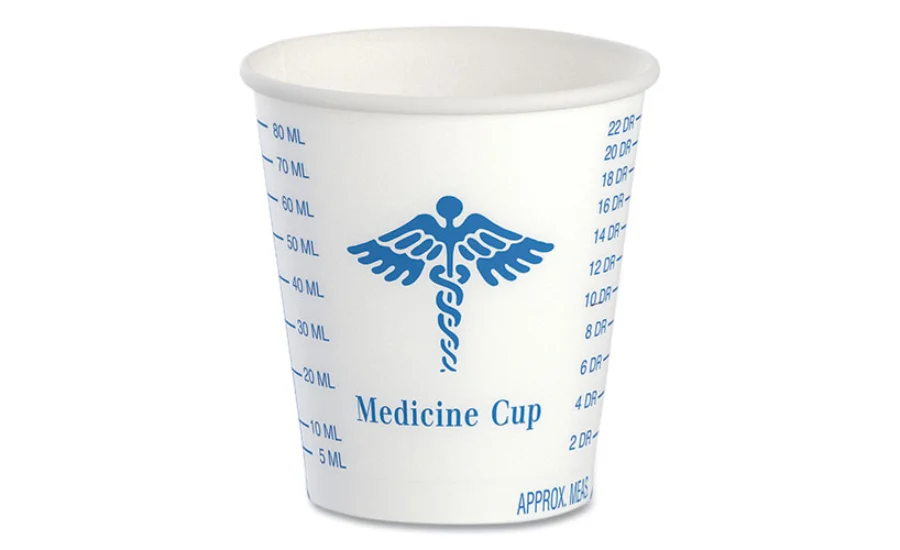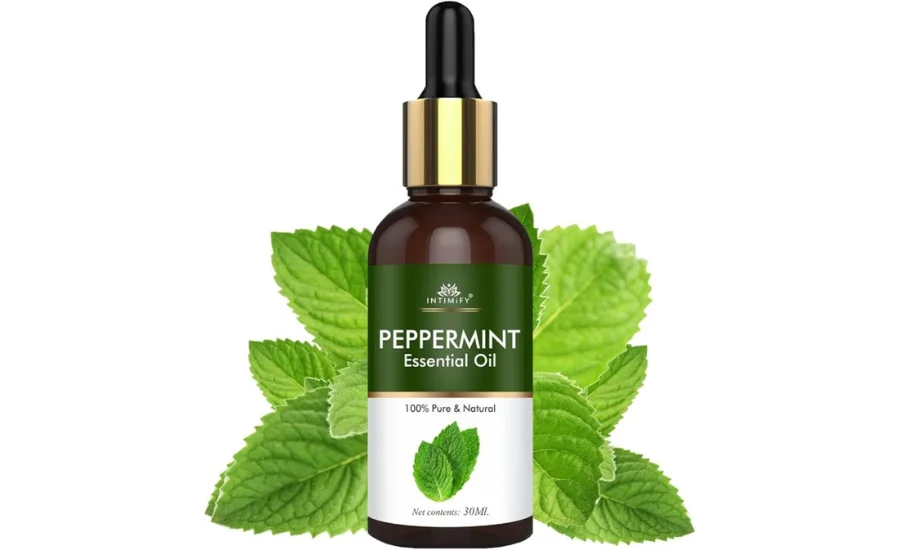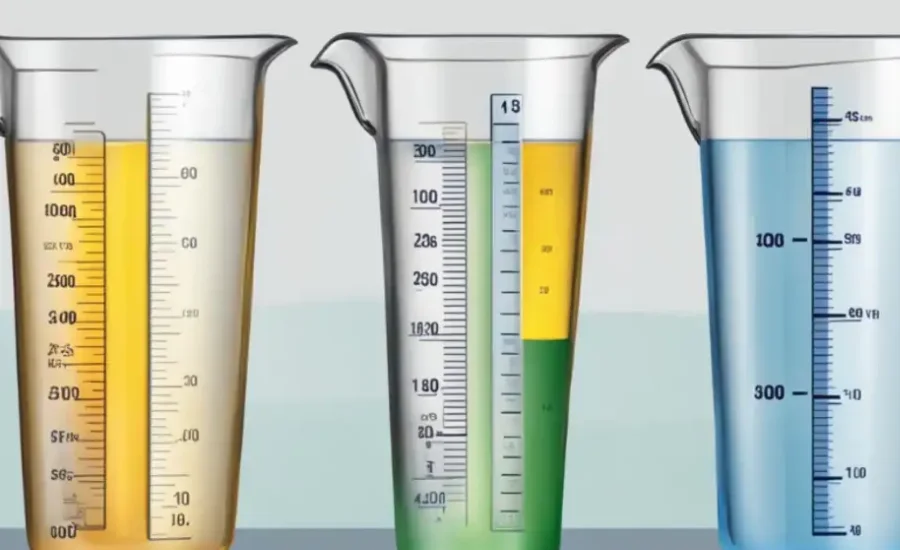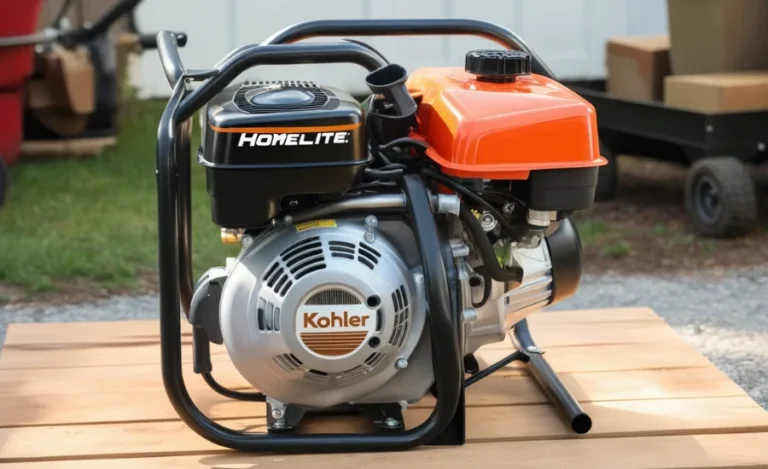Rounding ML In An Oz Naplex 30: Essential Practices for Accurate Pharmacy Calculations
Rounding ML in An Oz Naplex 30: Unit conversions play a critical role in pharmacy, especially when handling medications that require exact measurements. A frequent conversion pharmacists encounter is from milliliters (mL) to ounces (oz) and vice versa. If you’re preparing for the NAPLEX, mastering how to round mL in conversions like the NAPLEX 30 is essential—what may seem like simple math requires a thorough understanding of when and how to apply rounding rules.
A few years ago, I helped a friend prepare for the NAPLEX, and while she had memorized the conversion factors, her challenge was knowing when and how to round appropriately. For example, should conversions always be rounded to the nearest tenth? What about rounding to hundredths? In this guide, we’ll address these practical concerns and emphasize the importance of precision, not only for exam success but also for real-world pharmacy practice.
Converting mL to Oz for NAPLEX 30: Mastering Accuracy and Rounding Techniques

The fundamental conversion formula must be understood in order to convert milliliters (mL) to ounces (oz) for the NAPLEX 30 exam. 29.57 milliliters is about equivalent to one ounce. In order to ensure compliance with pharmacy regulations, this precision is essential when calculating dosages and making drugs.
Keep in mind that rounding is essential to preserving dosage precision. Many professionals utilize the approximate number of 30 mL per ounce for quick mental computations in fast-paced contexts, as during hectic shifts or tests, even though the exact conversion is 29.57 mL per ounce.
It’s essential to be mindful of how rounding can subtly impact outcomes, especially in patient care. Practicing this conversion regularly will enhance your proficiency and build confidence, whether on test day or in real-world practice.
Mastering Rounding in Pharmacy: Rounding ML In An Oz Naplex 30
Although rounding is a frequent obstacle in pharmaceutical computations, accuracy and patient safety depend on it. The general rule is as follows: round up if the number is halfway or greater than the next whole number, and round down if it is less.This guideline is not just procedural—it’s essential for preventing dosing errors that could lead to real-world issues, such as incorrect IV drip rates or improper liquid medication dosages.
For example, when converting 75 mL to ounces, using the precise formula (75 ÷ 29.5735), you get 2.54 oz. Rounded to the nearest tenth, this becomes 2.5 oz. But what if the doctor prescribes 2.6 oz? You can’t simply estimate the difference. Understanding and applying exact measurements is critical, as consistent rounding errors can lead to significant complications in patient care.
Rounding may seem minor, but mastering this skill is vital for pharmacy professionals and can make all the difference in clinical practice.
The Importance of Accurate Medication Dosages: Ensuring Patient Safety and Effective Treatment
Medication dose accuracy is crucial to protecting patient health and getting the most out of treatments. Small changes in dosage can have a major impact on one’s health; taking too much or too little medicine may have negative side effects or fail to produce the desired therapeutic effect.
Pharmacists are essential to the upkeep of dose accuracy. To make sure the right dose of medication is given, they must consider a number of patient-specific criteria, such as age, weight, and medical history.
Precise dosing also promotes patient trust and helps with treatment plan adherence. Patients depend on their drugs to function as prescribed, thus any inaccuracies in dosage can make them less confident in the course of therapy.
Ensuring accurate dosages benefits not only individual patients but also public health as a whole. Reducing dosage-related complications and hospitalizations contributes to better healthcare outcomes across communities. In today’s ever-evolving pharmaceutical landscape, it is imperative for both pharmacists and patients to stay informed about best practices in medication management.
Mastering Unit Conversions: The Balance Between Manual Skills and Digital Tools in Pharmacy
While honing manual conversion skills is crucial for pharmacists, having access to digital tools can significantly enhance efficiency in high-pressure environments. Many pharmacists turn to applications that enable quick conversions between milliliters (mL) and ounces (oz), streamlining their workflow. However, during the NAPLEX exam, where digital devices are prohibited, memorizing key conversion equivalents becomes vital.
For instance, understanding that 30 mL is approximately equal to 1 oz allows for rapid mental conversions, facilitating smoother calculations during both exams and real-world practice. By combining manual proficiency with a strong foundation of common equivalents, pharmacists can ensure accuracy and confidence in their medication management tasks.
Simplifying Milliliters to Ounces Conversions for the NAPLEX Exam
For the Rounding ML In An Oz Naplex 30 converting milliliters (mL) to ounces (oz) could be difficult at first, but it’s actually rather doable if you know how the conversion works.
First, note that one ounce is about equal to 29.57 milliliters. This indicates that you divide your milliliter value by this number in order to convert from mL to oz.
For instance, the computation would be as follows if 100 mL needed to be converted:
100
mL
÷
29.57
≈
3.38
oz
100 mL÷29.57≈3.38 oz
It’s also essential to apply the appropriate rounding rules based on your specific context. In clinical situations, you typically round to one decimal place or follow the specific guidelines provided.
If you are converting smaller volumes, such as a 10 mL dosage, the calculation would be:
10
mL
÷
29.57
≈
0.34
oz
10 mL÷29.57≈0.34 oz Rounding this result yields approximately “0.4 oz.”
Regular practice of these conversions will help solidify your skills and prepare you effectively for the challenges of the NAPLEX exam.
The Importance of Accurate Dosage Conversions for Vulnerable Populations

Converting milliliters (mL) to ounces (oz) may seem simple, but it becomes crucial when dealing with sensitive populations such as children and the elderly. These groups often require precise dosing due to their unique Physiology responses to medications.
Rounding ML In An Oz Naplex 30 For instance, pediatric medications are typically prescribed in small, exact amounts.I saw one instance where a pharmacist estimated a pediatric dosage inaccurately, rounding off by 0.1 oz. Even though there was no risk to life, the dosage showed how crucial accuracy is because even little changes might have unintended consequences for young patients.
There are especially high stakes for older persons and youngsters. Since their bodies may respond to drugs differently, it is crucial to dose medications precisely to guarantee both safety and efficacy.It’s vital for healthcare professionals to remain vigilant and meticulous when converting dosages to protect these vulnerable patients.
The Essential Role of Rounding in mL to oz Conversions for NAPLEX 30
Rounding ML In An Oz Naplex 30 it is essential to round milliliters (mL) to ounces (oz) in order to ensure precise prescription dosing. Even little differences in conversions can have a big impact on patient care in pharmacy practice.
Pharmacists can reduce the risk of patients receiving an overdose or underdose by using accurate rounding techniques to keep dosages within safe and effective ranges. Ensuring optimal therapeutic benefits and protecting patient health depend heavily on this accuracy.
Furthermore, standardized rounding practices enhance communication among healthcare professionals. When all team members follow the same rounding protocols, it reduces the likelihood of confusion during the prescription filling and administration processes.
Consistent rounding not only fosters confidence among pharmacy staff but also streamlines workflow. This commitment to precision supports high-quality standards in medication dispensing, ultimately leading to improved health outcomes for patients who depend on reliable and accurate dosing of their medications.
Read More: Phone 1-806-301-1929 Success Stories
Common Pitfalls in Unit Conversion: Rounding ML In An Oz Naplex 30
Errors can frequently occur when converting units, especially when rounding calculations too soon. For instance, rounding up too soon before finishing the whole calculation while converting milliliters (mL) to ounces (oz) might result in large inaccuracies. It is best to complete the computation in its entirety initially and just use rounding in the last stages for maximum accuracy.This approach helps maintain precision until the very end of the process.
Another frequent issue arises from misremembering the conversion factor. It can be difficult to remember the precise number 29.5735, particularly in hectic circumstances. Although approximations, such rounding 30 mL to 1 oz, can speed up calculations, when precision is critical, you must always go back to the exact conversion ratio. Achieving a satisfactory unit conversion rate in pharmacy practice requires finding the ideal balance between accuracy and efficiency.
FInal Words
Rounding ML In An Oz Naplex 30: A crucial feature of pharmacy practice is rounding milliliters (mL) to ounces (oz), especially when dealing with the NAPLEX 30. For patient safety and successful treatment outcomes, this procedure is essential in guaranteeing that medicine dosages are correct. Pharmacists can greatly lower the chance of dose errors while simultaneously improving workflow efficiency by implementing standardized rounding strategies.
Understanding the mechanics of rounding can help clarify some common misconceptions. Contrary to the belief that rounding may introduce inaccuracies, when executed correctly, it actually fosters precision and clarity. Implementing appropriate rounding methods enhances communication not only between pharmacists and patients but also among healthcare providers.
As we navigate the complexities of medication management, adopting practices such as rounding mL to oz in the NAPLEX 30 will undoubtedly lead to improved healthcare outcomes. By prioritizing accuracy and recognizing the benefits of proper rounding, both pharmacists and patients can achieve greater satisfaction in their medication experiences.
For More Information Check It Out Brain Rusher






